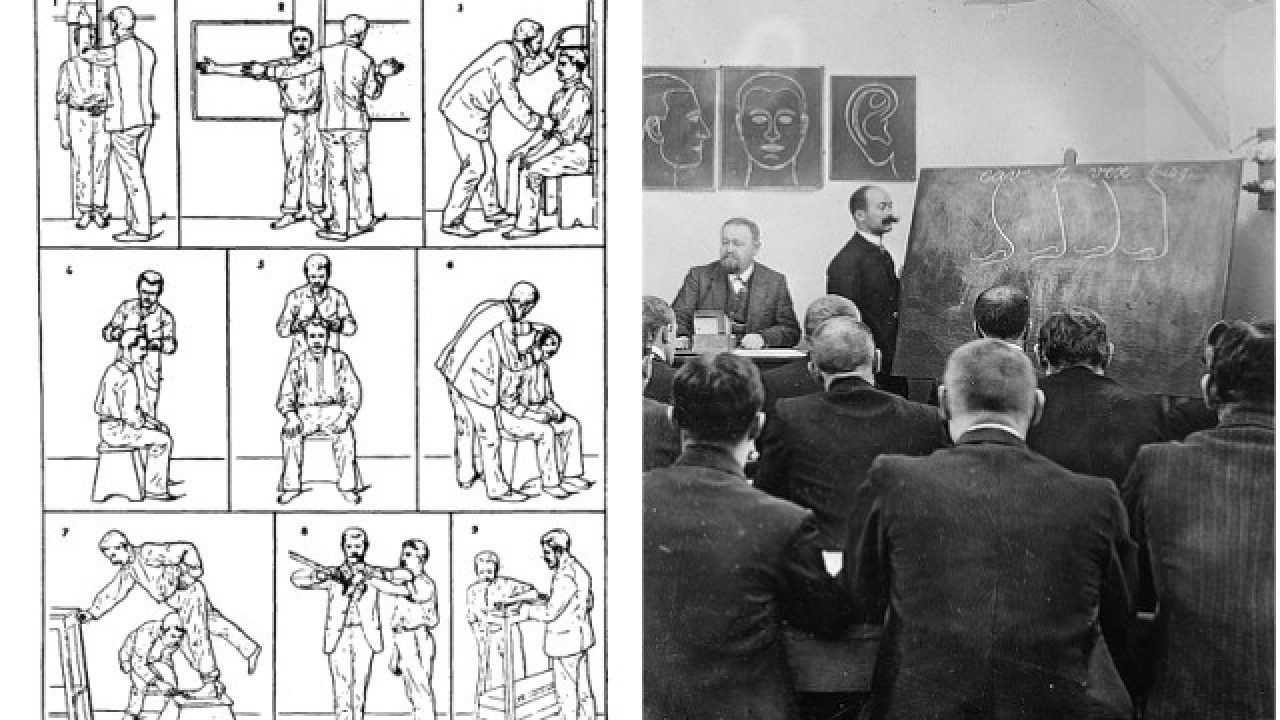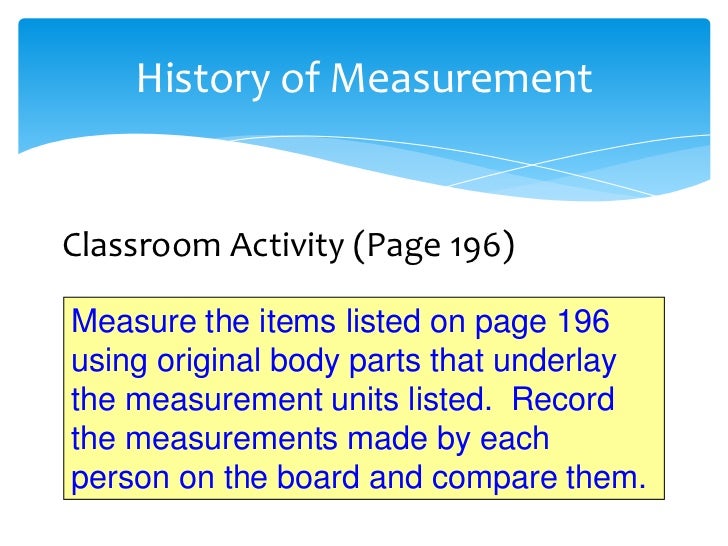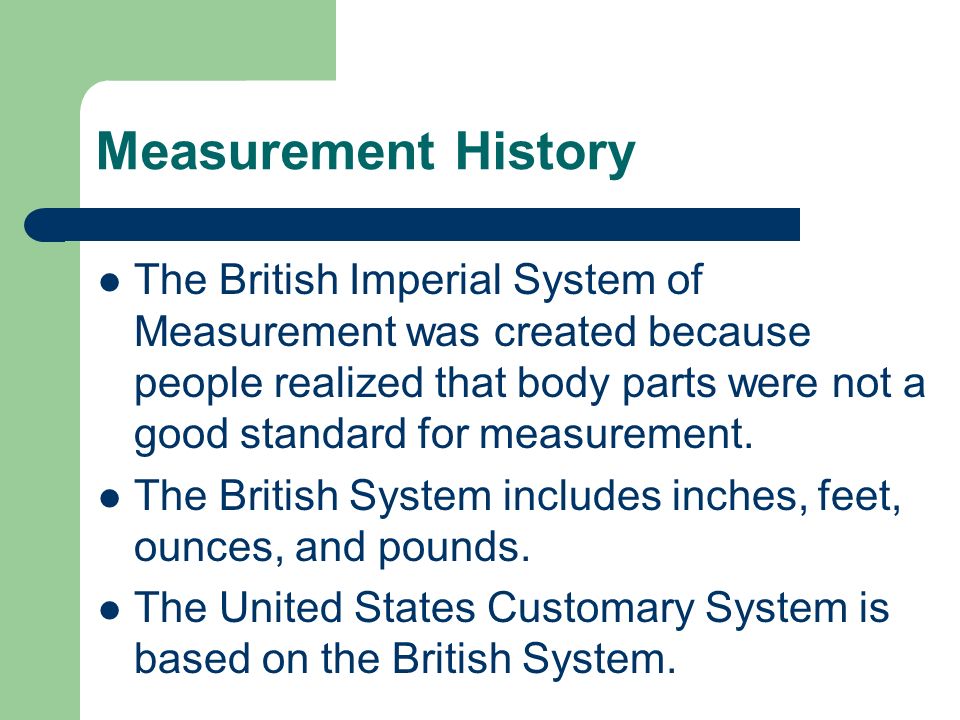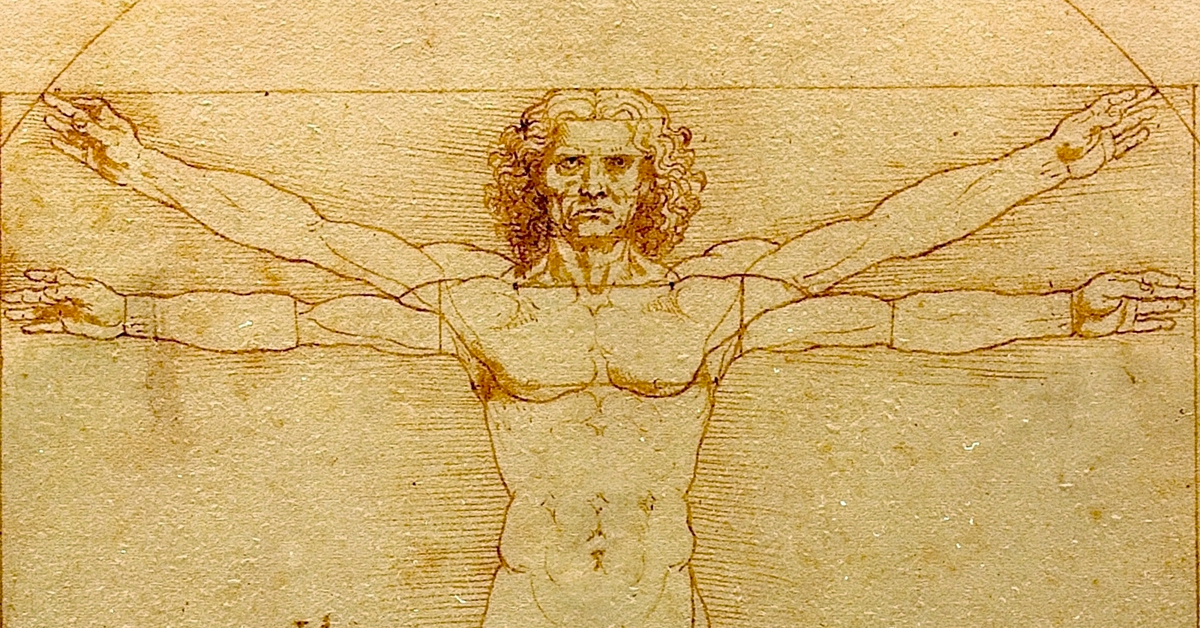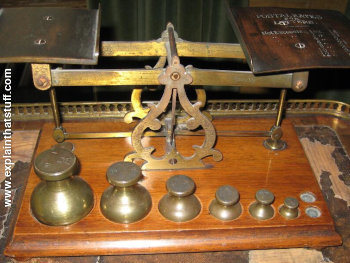At first an inch was the width of a mans thumb. In 1958 oliver r.

Standardization Of Units Of Measurement Ansi Blog
History of measurement using body parts. Autoplay when autoplay is enabled a suggested video will automatically play next. In ancient times the body ruled when it came to measuring. The bible clearly details the measurements of noahs ark in cubits a unit of measure based on the length of the forearm from the tip of the middle finger to the elbow. Cubits were a standard unit of length in sumeria egypt and other parts of the middle east long before anyone dreamed of an arbitrary decimal based measuring system. The roman foot 296 mm was divided into both 12 unciae inches 247 mm and 16 digits 185 mm. Of course the ultimate body part as measurement tool is the smoot as seen in google earth according to wikipedia the smoot is a nonstandard unit of length created as part of an mit fraternity prank.
In body based units of measurement at interesting thing of the day i listed a few such historical units of measure which can still come in handy for rough approximations if you dont have a ruler or tape measure handy. For an average adult male at least average as of a couple of millennia ago a cubit works out to about 18 inches 457cm. Smoot was rolled head over heels by his fraternity brothers to measure the length of the harvard bridge. There were unbelievably many different measurement systems developed in early times most of them only being used in a small locality. The roman mile of 5000 feet 1480 m was introduced into england during the occupation. Based on the human body it was taken to be the length of an arm from the elbow to the extended fingertips.
History and standards duration. One which gained a certain universal nature was that of the egyptian cubit developed around 3000bc. The length of a foot the width of a finger and the distance of a step were all accepted measurements. Eight body based units of measurement. The very first examples revolve using body parts as a way of measuring length and height and stones for weight. In the 14th century king edward ii of england ruled that 1 inch equalled 3 grains of barley placed end to end lengthwise.
The romans also introduced the mille passus 1000 paces or double steps the pace being equal to five roman feet 1480 mm. Before we had precise standardized units of measure such as meters and feet lengths and even ocasionally volumes were reckoned based on the average dimensions of human body parts.

